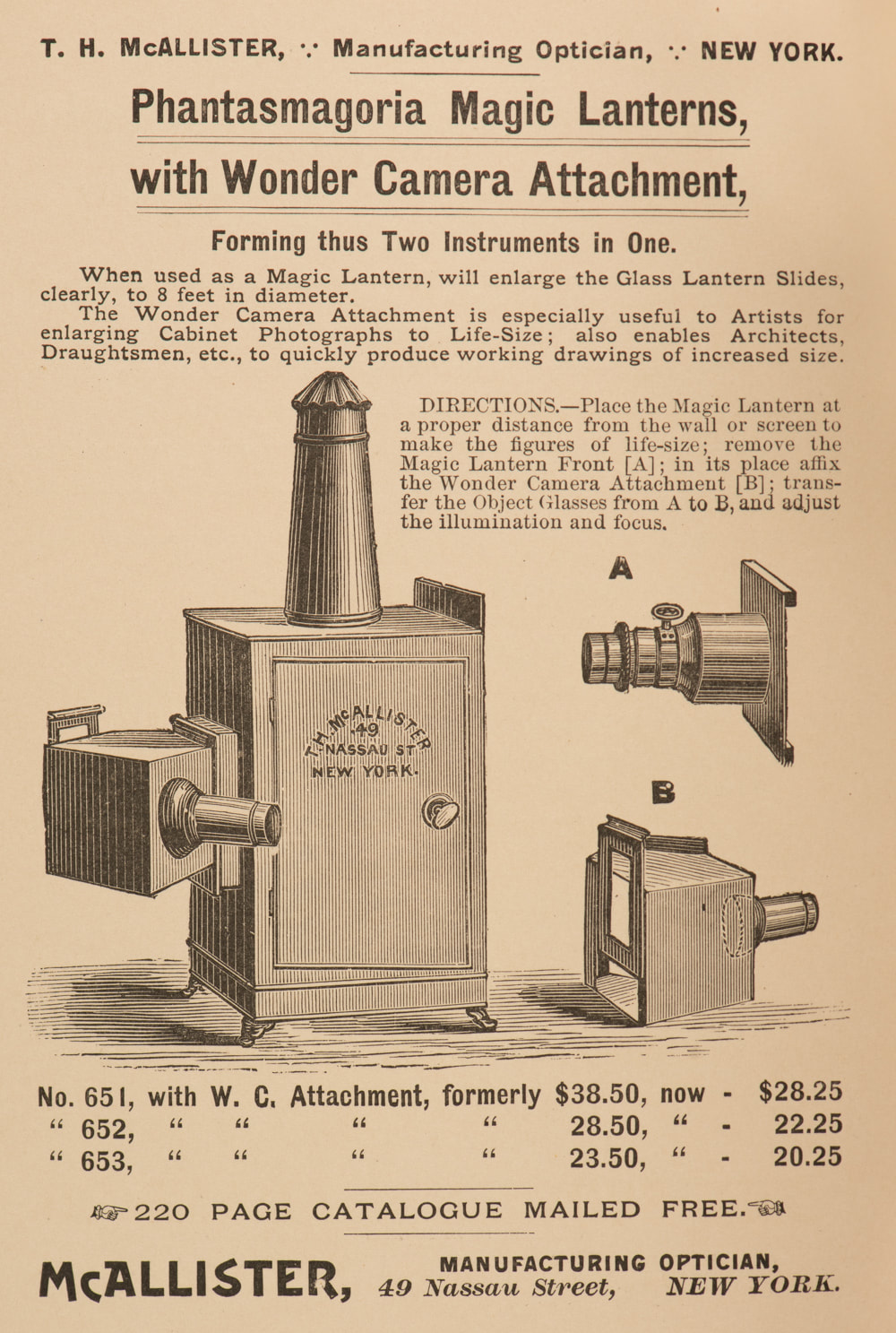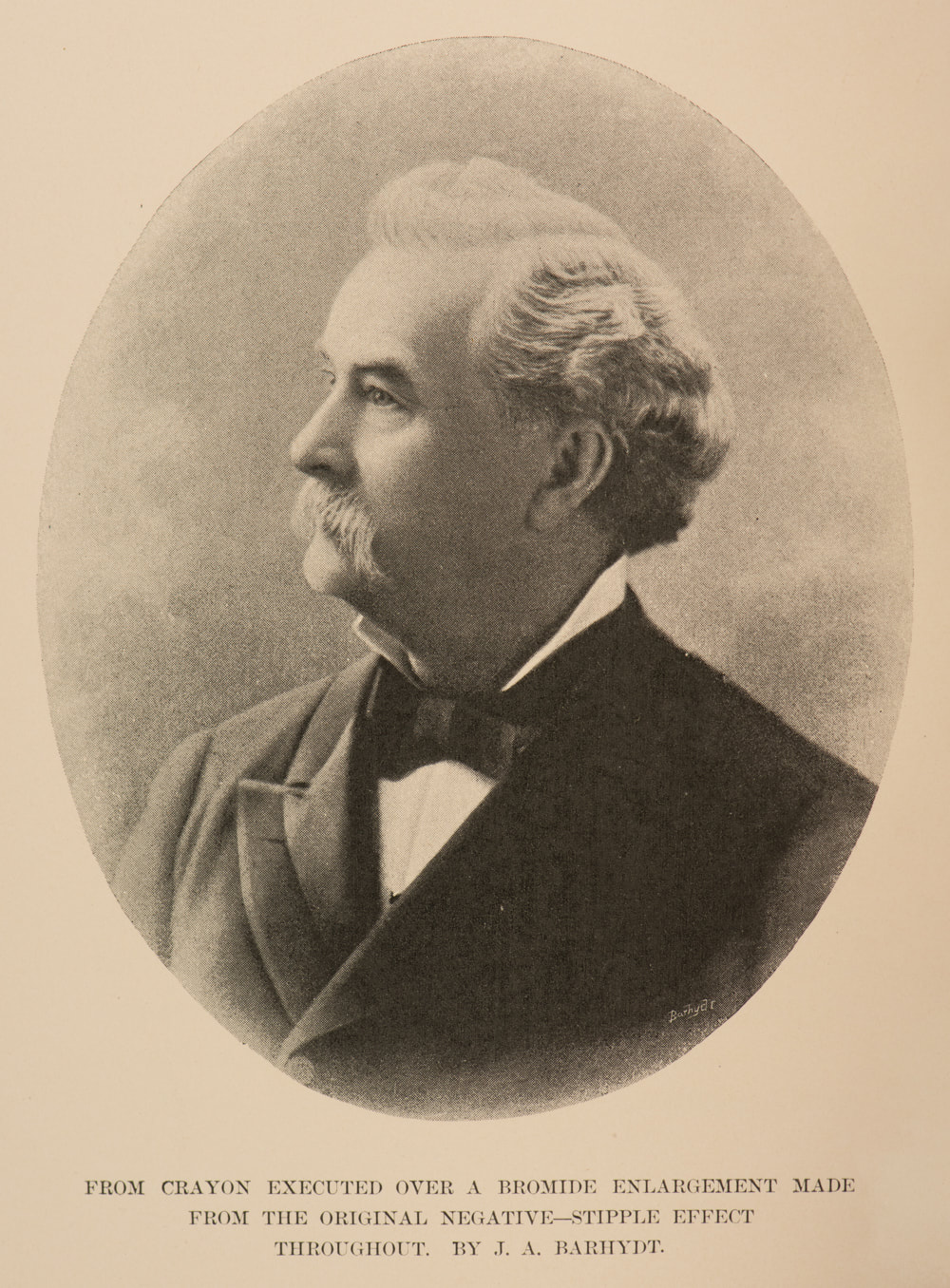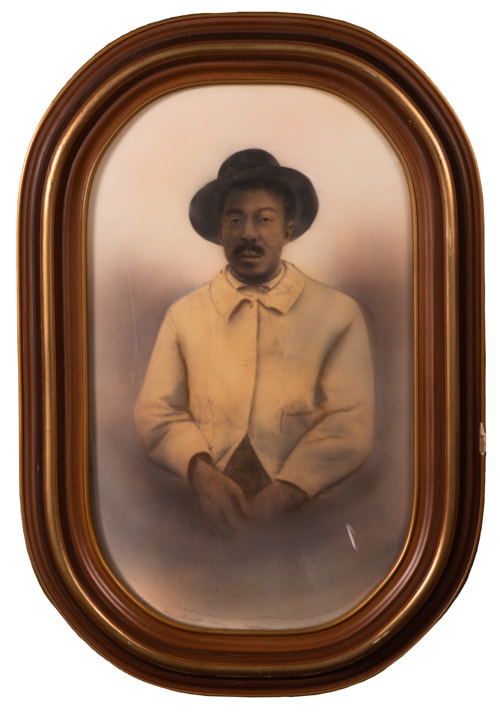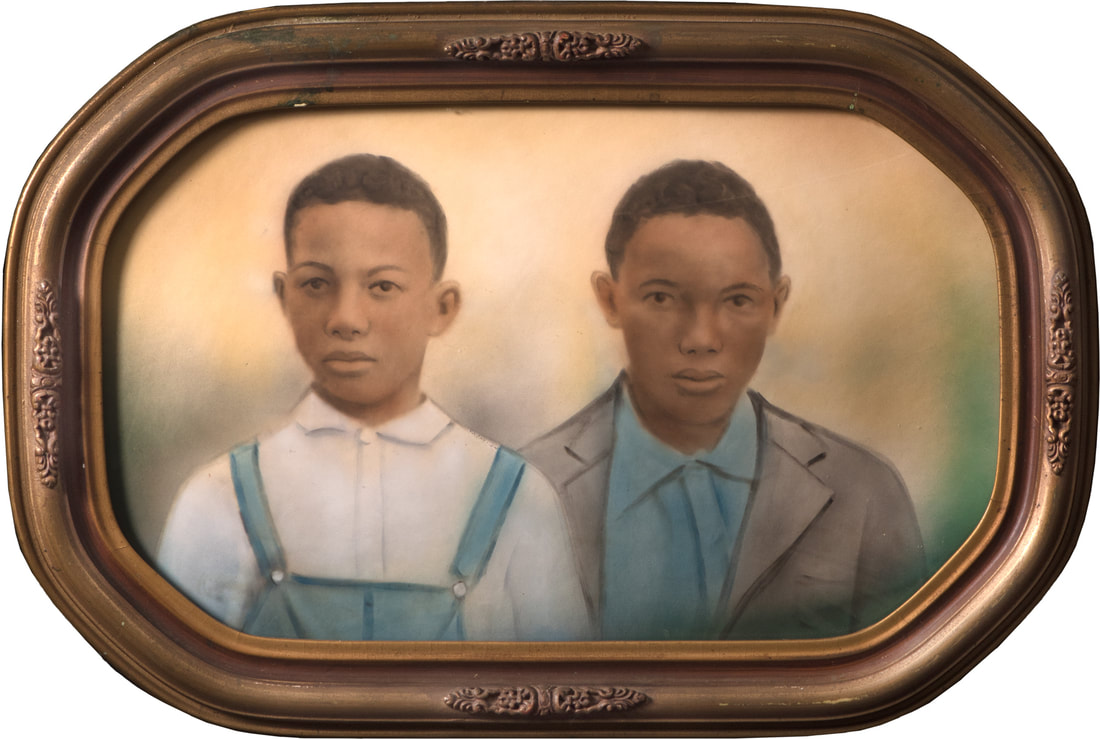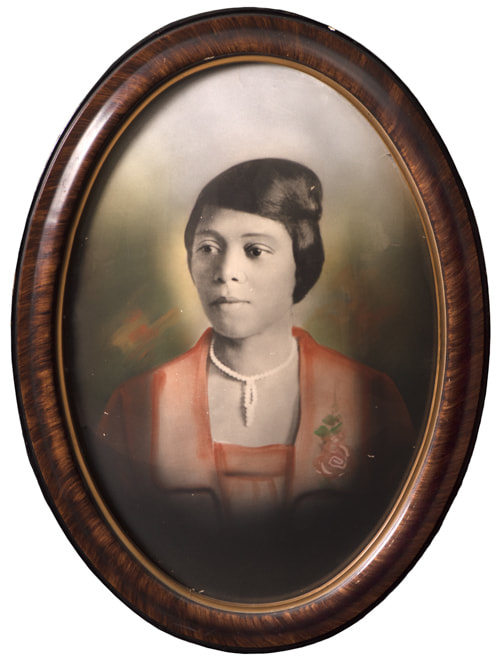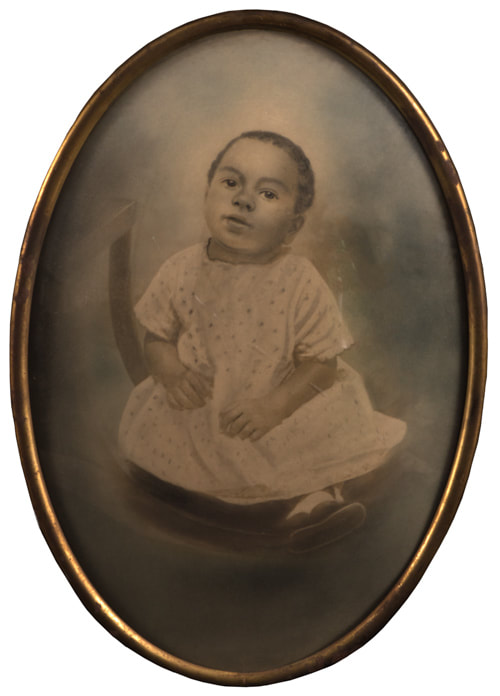In the 19th and early 20th centuries large photographic portraits were expensive and only available to the wealthy patrons. In 1857, D.A. Woodward invented The Woodward Solar Enlarging Camera which generated a weak but large image on canvas, developed in the sun that he then touched up and augmented with crayon among other media. The combining of crayon and photograph gave birth to a new commercial portrait aesthetic that flourished between 1860 and 1905, blending the real with the idealized. These were the first "life-sized" photographic images that were available for portraiture. Artists used bromide, silver, and platinum prints as the photographic base. An out of print book (1882) by J. A. Barhydt describes the process of making the portraits, "Crayon Portraiture: Complete Instructions for Making Crayon Portraits on Crayon Paper and on Platinum, Silver, and Bromide Enlargements."
|
The process required to produce a crayon portrait, described J.A. Barhydt in his 1882 book Crayon Portraiture: Complete Instructions for Making Crayon Portraits on Crayon Paper and on Platinum, Silver, and Bromide Enlargements, started by enlarging a photograph onto drawing paper with a weak photographic emulsion to produce a faint image. The artist then drew over the picture with charcoal or pastels, trying to duplicate the photograph while making it look hand drawn. The quality of the picture was entirely dependent on the artist’s skill. Tinting or gilding was sometimes added to enhance the effect.
|
|
“Photography as a means of art education in its influence on the public is salutary. In spite of all its falsity it is the best teacher of the first elements of criticism and knowledge of the facts of form and light and shade. Photography does not produce color, so that we will add the one link to the chain that is wanting.”
~J. A. Barhydt, excerpt from Crayon Portraiture |






